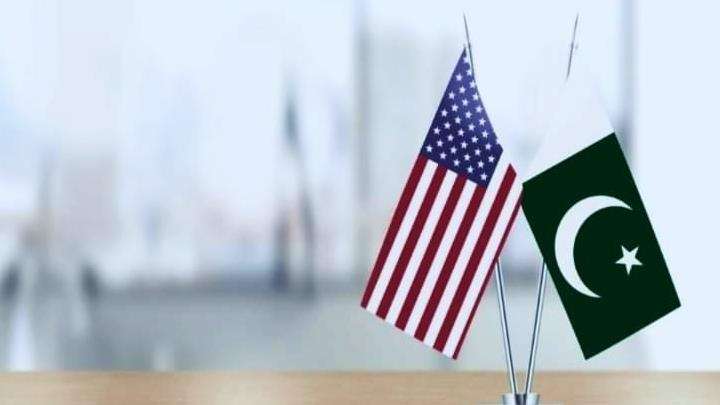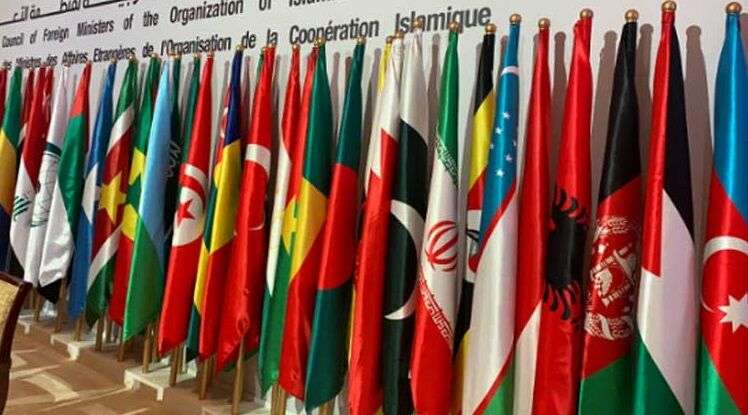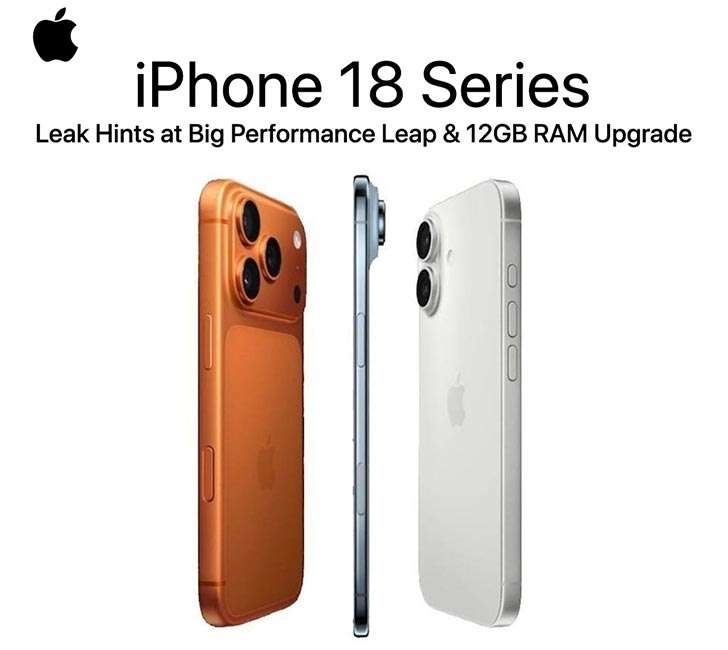
US-Pakistan Relations: From Tensions to Talks
|
Getting your Trinity Audio player ready...
|
The relationship between the United States and Pakistan has been like a rollercoaster ride, with ups and downs over the years. Sometimes, the two countries work closely together, and at other times, misunderstandings and disagreements create tension. For Pakistani readers, understanding this relationship is important because it affects our country’s politics, economy, and security. This article explains the journey of US-Pakistan relations, focusing on the latest updates in 2025, in simple English. We’ll look at the history, challenges, recent developments, and what the future might hold.
A Brief History of US-Pakistan Relations
To understand where we are today, let’s take a quick look at the past. Pakistan and the US became friends soon after Pakistan was created in 1947. The US saw Pakistan as an important ally during the Cold War, a time when the world was divided between the US and the Soviet Union. Pakistan joined agreements like SEATO and CENTO, which were meant to stop the spread of communism. In return, the US gave Pakistan military and economic help.
In the 1980s, the two countries worked closely during the Soviet-Afghan War. The US supported the Afghan mujahideen fighting the Soviets, and Pakistan played a big role by hosting Afghan refugees and helping the fighters. Billions of dollars came from the US to Pakistan for this effort. But after the Soviets left Afghanistan, the US reduced its focus on Pakistan, and relations cooled down.
The 1990s brought more challenges. The US was unhappy with Pakistan’s nuclear program and placed sanctions on the country. This made Pakistan feel ignored, especially since the US seemed to grow closer to India. Things got better after the 9/11 attacks in 2001, when the US needed Pakistan’s help in the “War on Terror” in Afghanistan. Pakistan became a key ally again, helping the US fight groups like al-Qaeda. The US gave Pakistan billions of dollars in aid, but there were still trust issues. The US sometimes felt Pakistan wasn’t doing enough to stop militants, while Pakistan felt the US didn’t appreciate its sacrifices.
Tensions in the Relationship
The US-Pakistan relationship has faced many rough patches. One big issue has been trust. The US has often accused Pakistan of supporting certain militant groups, especially those fighting in Afghanistan or Kashmir. For example, the US believed Pakistan was not doing enough to stop the Taliban or groups like the Haqqani Network. Pakistan, on the other hand, has said it’s fighting terrorism and has lost thousands of soldiers and civilians in the process.
Another tense moment came in 2011 with two major events. First, the US found and killed Osama bin Laden in Abbottabad, Pakistan, without telling the Pakistani government. This embarrassed Pakistan and made many people angry, as it looked like the US didn’t trust Pakistan. Second, a US airstrike accidentally killed 24 Pakistani soldiers near the Afghan border, leading to a major crisis. Pakistan closed NATO supply routes to Afghanistan for months, and relations hit a low point.
Drones were another problem. The US used drone strikes in Pakistan’s tribal areas to target militants, but these strikes often killed civilians. This made many Pakistanis angry and led to protests. Pakistan’s government said the strikes violated the country’s sovereignty, but the US continued them for years.
The US also started building a stronger relationship with India, Pakistan’s rival. The US-India nuclear deal in 2008 and growing defense ties made Pakistan feel left out. Many Pakistanis believe the US favors India, which adds to the mistrust.
Moving Toward Talks
Despite these tensions, the US and Pakistan have always found ways to work together when needed. By 2025, the relationship is in a phase where both sides are trying to talk and rebuild trust. Let’s look at the latest updates and what’s driving this shift.
The Afghanistan Factor
One big reason for the change is Afghanistan. When the US withdrew from Afghanistan in 2021, Pakistan’s role became less central to US policy. The US no longer needed Pakistan as much for military operations. However, Afghanistan is still important. The Taliban’s return to power has raised concerns about terrorism, and the US wants Pakistan’s help to keep an eye on groups like ISIS-K and al-Qaeda.
Pakistan has its own worries about Afghanistan. Militant groups like the Tehrik-i-Taliban Pakistan (TTP) have become more active, launching attacks from Afghan soil. Pakistan wants the US to pressure the Taliban to stop these groups. In 2025, both countries are talking about how to deal with these shared threats. For example, the US has offered intelligence-sharing and counterterrorism support, while Pakistan has asked for help with border security.
Economic Cooperation
Pakistan’s economy has been struggling, with high inflation and debt. The US has been a key supporter through international organizations like the International Monetary Fund (IMF). In 2025, the US has backed Pakistan’s efforts to get IMF loans, which are critical for keeping the economy stable. This support shows that the US still sees Pakistan as an important partner.
Trade is another area where things are improving. The US is one of Pakistan’s biggest export markets, especially for textiles. In 2025, there have been talks about increasing trade and investment. For example, US companies are looking at opportunities in Pakistan’s tech sector, which is growing fast. These economic ties help reduce tensions and create a reason for both sides to keep talking.
Regional Stability and Kashmir
The US has also been involved in easing tensions between Pakistan and India, especially after a deadly attack in Indian-administered Kashmir in April 2025. The attack, which killed 26 tourists, led to a major crisis. India blamed Pakistan for supporting the militants, while Pakistan denied any role and called for a neutral investigation.
The US stepped in to calm things down. US Secretary of State Marco Rubio spoke with both Pakistan’s Prime Minister Shehbaz Sharif and India’s Foreign Minister S. Jaishankar, urging them to avoid escalation. The US condemned the attack and offered support to India in fighting terrorism, but it also asked Pakistan to cooperate in investigating the incident. This balanced approach shows the US wants to prevent a war between the two nuclear-armed neighbors, which could be disastrous for the region.
President Donald Trump, who returned to office in 2025, has taken a hands-off approach to the India-Pakistan issue, saying the two countries will “figure it out.” However, behind the scenes, US diplomats are working hard to keep the situation under control. For Pakistan, this is a chance to show it’s serious about fighting terrorism and improving ties with the US.
Counterterrorism and Security
Fighting terrorism remains a key area of cooperation. In 2025, the US and Pakistan are sharing intelligence to track militant groups. The US has praised Pakistan’s efforts to crack down on terrorist hideouts, especially in border areas. At the same time, Pakistan has asked for more US support, like advanced equipment and training for its forces.
One example of this cooperation is the US designation of the Haitian gang alliance Viv Ansanm as a “transnational terrorist group” in 2025. While this isn’t directly related to Pakistan, it shows the US is focused on global terrorism, and Pakistan’s role in this fight is still valued.
People-to-People Ties
Beyond politics and security, the US and Pakistan have strong people-to-people connections. Thousands of Pakistani students study in the US, and the Pakistani-American community is large and influential. In 2025, cultural exchanges and educational programs are helping build trust. For example, the US has funded scholarships for Pakistani students in fields like science and technology. These efforts show that the relationship isn’t just about governments—it’s also about ordinary people.
Challenges Ahead
Even with these positive steps, there are still challenges. Trust is a big issue. The US sometimes feels Pakistan isn’t fully committed to fighting all militant groups, while Pakistan feels the US doesn’t understand its security concerns, especially about India. The growing US-India partnership also makes Pakistan wary. Analysts like Michael Kugelman have pointed out that the US sees India as a closer partner, which can create tension with Pakistan.
Another challenge is public opinion. Many Pakistanis are skeptical of the US because of past issues like drone strikes and the bin Laden raid. Social media posts on platforms like X often show frustration with US policies. For example, some users have criticized the US for supporting India after the Kashmir attack. The Pakistani government has to balance its ties with the US while addressing these public concerns.
The Trump administration’s focus on other global issues, like Russia’s war in Ukraine and trade with China, could also limit its attention to Pakistan. Some experts, like former Pakistani ambassador Hussain Haqqani, say the US might not be as interested in calming India-Pakistan tensions as it was in the past. This means Pakistan has to work harder to keep the US engaged.
What the Future Holds
Looking ahead, the US-Pakistan relationship is likely to stay cautious but cooperative. Both countries need each other for different reasons. The US wants Pakistan’s help with counterterrorism and regional stability, while Pakistan needs US support for its economy and security. The key is to build trust through open talks and practical cooperation.
For Pakistan, this means showing it’s serious about fighting terrorism and improving its economy. It also means engaging with the US on issues like climate change and technology, where there’s room to work together. For the US, it means treating Pakistan as a partner, not just a country to pressure. A balanced approach, where the US listens to Pakistan’s concerns about India and Afghanistan, will help.
The Kashmir issue will remain a challenge. While the US doesn’t want to get too involved, it can play a role in encouraging dialogue between Pakistan and India. If tensions escalate again, the US’s diplomatic efforts will be crucial.
Conclusion
US-Pakistan relations have had their share of tensions, but in 2025, both countries are moving toward talks and cooperation. From fighting terrorism to boosting trade, there are many areas where they can work together. However, challenges like trust issues and the US-India relationship will need careful handling. For Pakistani readers, this is a chance to understand how our country fits into the bigger picture and why these ties matter. By staying engaged and addressing concerns openly, Pakistan and the US can build a stronger partnership that benefits both sides.






